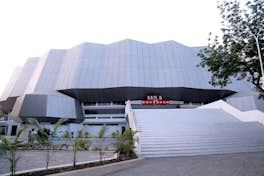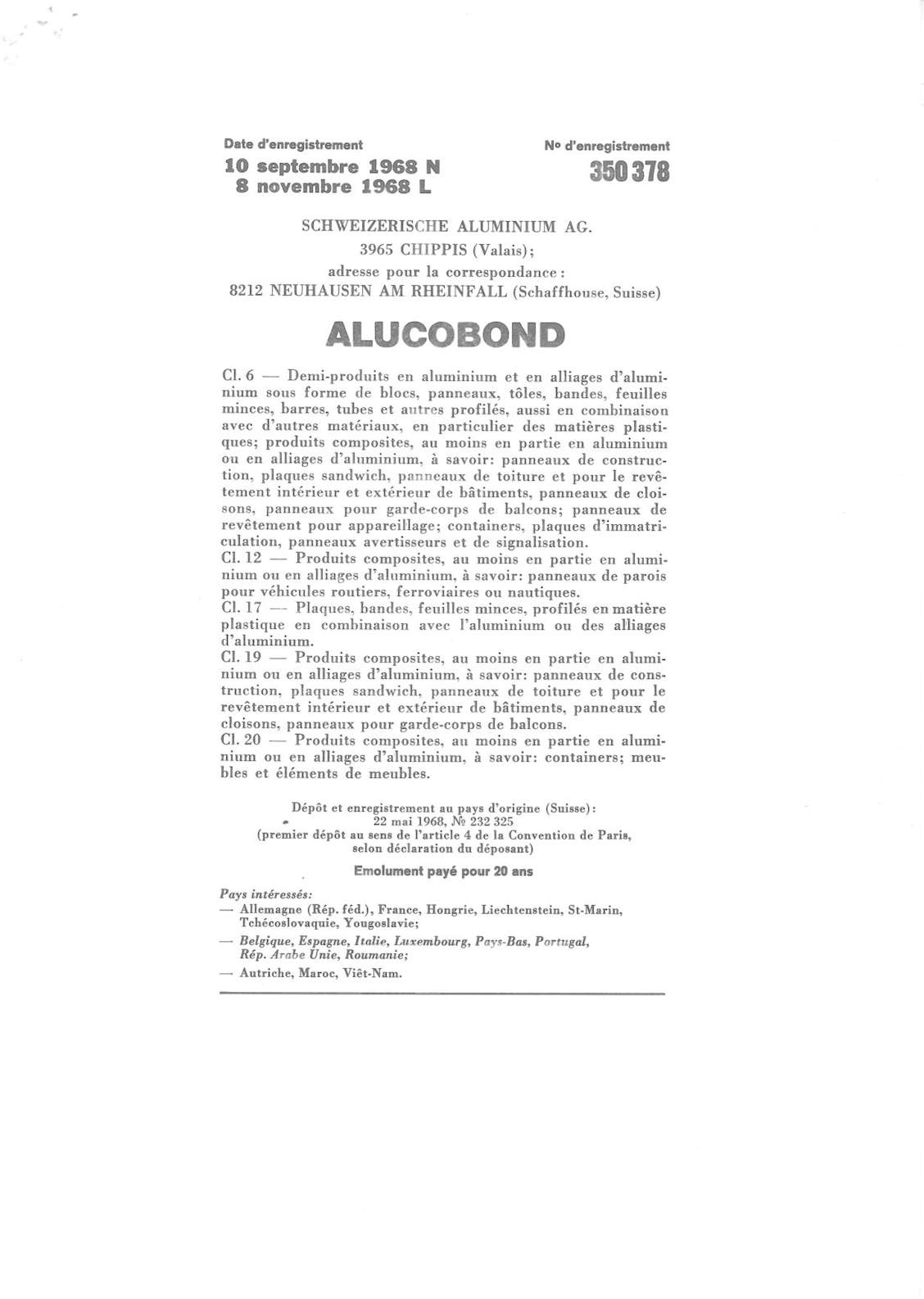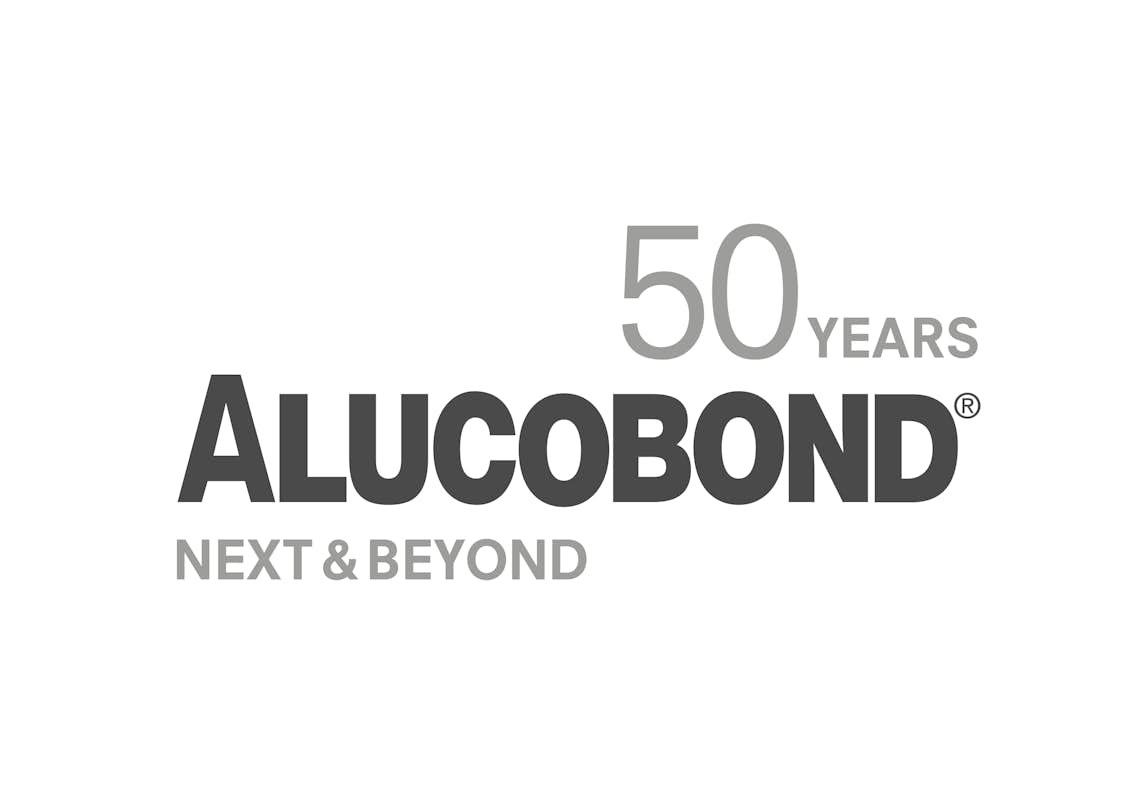In the decades of economic revival and technological innovations following World War II, the testing and application of new materials boosted the industrial development to a significant extent. This also applied to the aluminium industry. Alusuisse, a Swiss group that put the first aluminium smelter into operation in Europe in 1889 had gradually opened up a large number of application markets.
During the years of the economic revival also Alusuisse was interested in innovations – not only in the field of alloy development – which were suitable to expand the product range offered to its customers and to develop the company's leading technological position. Alusuisse’s top management formed a workgroup at the end of 1964 to examine the possibilities for the adhesion of aluminium sheet to other substrate materials. The idea of optimizing the properties of a material by combining different materials marked the beginning of a long series of testing and development programmes which Alusuisse invested in considerably during the following years.
The drive behind the activities associated with the new product gained momentum. In April 1968 the Group Management commissioned the plant in Singen to plan and order a continuous production line and to start developing the market in the Federal Republic of Germany.
In May 1968 the ALUCOBOND trademark was first registered in the Swiss Trade Mark Register and, during the following months, also in numerous other countries. In September 1968 the first product information was printed: “Aluminium-polyethylene-aluminium – a new composite material“, aiming at informing the expert world at various exhibitions about the new product ALUCOBOND. On December 16, 1968 the new continuous production line became operational in Singen.
Also in the direction of the media , Alusuisse finally emerged from the shadow with the product during that year with the publication of a Press Release in March 1969 entitled “ALUCOBOND - a new composite material.“






